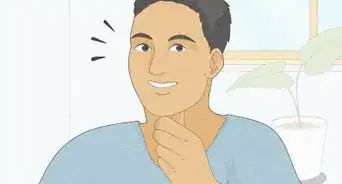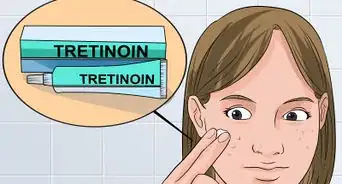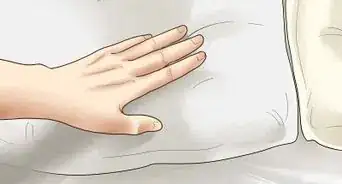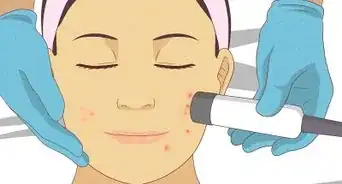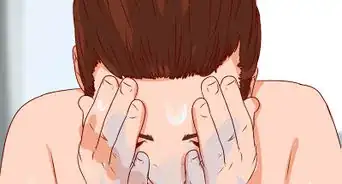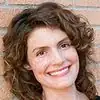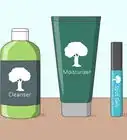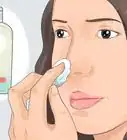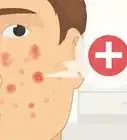This article was medically reviewed by Sarah Gehrke, RN, MS. Sarah Gehrke is a Registered Nurse and Licensed Massage Therapist in Texas. Sarah has over 10 years of experience teaching and practicing phlebotomy and intravenous (IV) therapy using physical, psychological, and emotional support. She received her Massage Therapist License from the Amarillo Massage Therapy Institute in 2008 and a M.S. in Nursing from the University of Phoenix in 2013.
There are 15 references cited in this article, which can be found at the bottom of the page.
This article has been viewed 103,202 times.
Having nodular acne can be physically painful and cause you emotional distress.[1] Because nodular acne is so deep in the skin, it may require treatment by a dermatologist for 15-20 weeks. Using at home and over the counter treatments together with medication may help soothe your pimples and prevent further breakouts. You can treat nodular acne by getting a medical diagnosis and treatment, and boosting prescribed medications with over-the-counter remedies.
Steps
Getting a Medical Diagnosis and Treatment
-
1See a dermatologist. Make an appointment with your dermatologist if you have large, inflamed pimples that don’t heal with home care. Let the doctor know how long you’ve had the pimple(s) and what treatments you’ve tried. Giving your doctor this information can help them properly diagnose your acne and figure out the best type of treatment for you.
- Let your doctor know if you have allergies or are pregnant so they can adjust your treatment plan. Ask questions about your acne or prescribed treatment plan.
-
2Take oral isotretinoin. Fill your prescription for isotretinoin pills from your dermatologist and follow the dosing instructions. Use this common treatment for its entire course of 15-20 weeks. This treatment is usually very effective, with about 85% of patients achieving completely clear or dramatically improved skin after one full course of treatment.[2] Make sure to use any additional treatments that you’re doctor prescribed together with your isotretinoin.[3]
- Taking isotretinoin can increase your risk of depression and suicide.
- Avoid isotretinoin if you are pregnant or plan to become pregnant. The drug can cause severe birth defects.
Advertisement -
3Apply retinoids to your skin. Ask your doctor to prescribe a retinoid such as tretinoin cream, gel, or lotion. Gently spread a thin layer on your skin according to your doctor’s instructions. Stick with the treatment for the entire course of the medication to heal and prevent pimples. This can also prevent further breakouts and improve the texture of your skin.[4]
- Apply your retinoid three times per week or as instructed by your dermatologist. Put your retinoid on daily once your skin gets used to it.
- Retinoids can cause irritation, redness, and dryness. They can also make your skin peel. Let your dermatologist know if you have any of these side effects.[5]
-
4Reduce bacteria and inflammation with antibiotics. Use any oral or topical antibiotics your doctor prescribes. These can zap infection-causing bacteria and reduce any redness or inflammation your pimples are causing. Follow your doctor’s dosing instructions.[6]
- Some of the antibiotics your dermatologist may prescribe include tetracycline, minocycline, and doxycycline. They may also prescribe dapsone, a topical gel that can both kill bacteria and reduce inflammation.[7]
-
5Protect yourself from sun exposure when you’re on antibiotics. Wear a sunscreen with an SPF of at least 30 if you are in the sun while using oral antibiotics, because they can increase your risk of sunburn.[8] Look for a sunscreen labeled “non-comedogenic,” meaning it won’t clog your pores and make your acne worse.
- If you can, minimize your sun exposure altogether, especially during times when the UV index is high (typically between 10 AM and 4 PM).[9]
- Protect yourself with clothing that covers your skin, like long-sleeved shirts and broad-brimmed hats.
-
6Consider concomitant therapies. Your dermatologist may suggest using additional treatment with your medication, which are called concomitant therapies. Consider the following if you have severe nodular acne or aren’t responding well to medication.[10] The following therapies are only used in select cases, such as a person cannot tolerate medication:[11]
- Light or laser therapy to target the bacteria that causes acne. It can cause pain, temporary redness, and sensitivity to sunlight.
- Chemical peels, which shouldn’t be used with retinoids. These can cause significant irritation, scaling, blistering, and temporary redness of your skin.
- Steroid injection to reduce inflammation and pain. This can cause thinning of your skin and the appearance of small blood vessels in the affected area.
- Drainage and removal of pimples, which can quickly get rid of the lesion and prevent scarring.[12]
-
7Talk to your doctor about oral contraceptives or antiandrogens. If you are a woman, ask your dermatologist about taking hormonal medications for your acne. Using estrogen-containing oral contraceptives by themselves or in conjunction with other medications can minimize breakouts and prevent new ones, especially if your nodular acne fluctuates with your menstrual cycle.[13] Other hormonal medications, such as antiandrogens, can also be effective.[14]
Caring for Nodular Acne at Home
-
1Treat your skin gently. Popping, squeezing, or picking at your acne can make the infection worse or create permanent scarring. Although it is tempting to mess with your pimples, the best thing you can do is leave them alone and allow them to heal. Also avoid scrubbing, exfoliating, or over-cleansing your skin.[15]
-
2Wash your face and hands before treatments. Gently cleanse your face with a mild cleanser. Then wash your hands with soap and warm water. Having clean skin and hands can prevent the spread of bacteria that inflames acne or causes breakouts.[16]
-
3Spread on a thin layer of benzoyl peroxide. Many dermatologists prescribe benzoyl peroxide along with oral antibiotics. Apply a thin layer to your skin twice a day or as directed by your doctor. This can prevent bacterial resistance and additional breakouts, and can reduce inflammation on your skin.[17]
- Apply a 5% benzoyl peroxide gel or lotion once a day after washing your face. Increase use to twice a day after one week. Try the 10% solution if you don’t see any improvement within 4-6 weeks.[18]
- Side effects from using benzoyl peroxide include redness, dryness, and scaling and usually get better after the first month.[19]
-
4Blot excess oil from your skin. Use blotting papers, salicylic acid products, or a clay masks to decrease the amount of oil on your skin. Removing excess oil can reduce inflammation and infection and may prevent additional breakouts.[20]
- Try an over the counter salicylic acid product. Ask your doctor to prescribe a product that absorbs oil if you have a lot of pimples or oil.
- Applying a clay mask once a week can absorb excess oil and minimize acne-causing impurities.[21]
- Place blotting papers on oily areas of skin anytime you need them.[22]
-
5Apply a natural mask. Mix a mask using ingredients you have around the house, such as honey and yogurt. Apply your chosen mask to your skin for 10 minutes to minimize and soothe nodular acne. Try any of the following masks that sound good to you:
- Combine one teaspoon raw honey and one of the following ingredients: avocado, lemon juice, egg white, coconut oil, or yogurt.
- Mix the water from one green tea bag with two tablespoons of plain yogurt.
- Add two teaspoons of honey to one cup of green tea.
- Make a baking soda mask by mixing two tablespoons (30 ml) of baking soda with two tablespoons (30 ml) of water. Gently dab the mixture onto your pimples and let it sit for 15 minutes, then rinse.
-
6Moisturize your skin daily. Purchase a gentle, oil-free moisturizer. Look for a moisturizer labeled “non-comedogenic,” meaning that it will not clog your pores. Even if your skin is oily, apply the product every day. Daily moisturizing can prevent side effects of medical treatments such as dryness and irritation. It may also reduce how much oil your skin makes. Ask your doctor for specific product recommendations if you are not sure what type of oil-free moisturizer to use.[23]
Warnings
- Always seek diagnosis and treatment for nodular acne from a dermatologist or other medical professional who specializes in skin disorders.⧼thumbs_response⧽
References
- ↑ https://www.ncbi.nlm.nih.gov/pubmed/21062102
- ↑ https://www.aad.org/public/diseases/acne-and-rosacea/isotretinoin-treatment-for-severe-acne
- ↑ https://www.ncbi.nlm.nih.gov/pubmed/21062102
- ↑ http://www.mayoclinic.org/diseases-conditions/acne/basics/treatment/con-20020580
- ↑ http://www.pamf.org/teen/health/skin/acne-howtotreat.html
- ↑ https://www.aad.org/public/diseases/acne-and-rosacea/acne#treatment
- ↑ https://medlineplus.gov/druginfo/meds/a616045.html
- ↑ https://www.aad.org/media/stats/prevention-and-care/sunscreen-faqs
- ↑ https://www.epa.gov/sunsafety/uv-index-scale-0
- ↑ https://www.aad.org/public/diseases/acne-and-rosacea/acne#treatment
- ↑ http://www.mayoclinic.org/diseases-conditions/acne/basics/treatment/con-20020580
- ↑ https://www.aad.org/public/diseases/acne-and-rosacea/acne#treatment
- ↑ http://www.americanskin.org/resource/acne.php
- ↑ https://www.ncbi.nlm.nih.gov/pmc/articles/PMC2923944/
- ↑ https://www.aad.org/media/stats/conditions
- ↑ http://www.mayoclinic.org/diseases-conditions/acne/basics/lifestyle-home-remedies/con-20020580
- ↑ https://www.ncbi.nlm.nih.gov/pubmed/21062102
- ↑ http://www.pamf.org/teen/health/skin/acne-howtotreat.html
- ↑ http://www.mayoclinic.org/diseases-conditions/acne/basics/lifestyle-home-remedies/con-20020580
- ↑ http://www.mayoclinic.org/diseases-conditions/acne/basics/prevention/con-20020580
- ↑ http://kidshealth.org/teen/your_body/skin_stuff/acne.html#a_What_Can_I_Do_About_Acne_
- ↑ http://kidshealth.org/teen/your_body/skin_stuff/acne.html#a_What_Can_I_Do_About_Acne_
- ↑ http://www.americanskin.org/resource/acne.php
About This Article
If you want to treat your nodular acne, try to avoid popping or picking at your pimples. It’s tempting to do so, but it could make the infection worse or leave scars. Instead, keep your skin clean by first washing your hands and then washing your face with a mild cleanser. After your face is washed, apply a thin layer of benzoyl peroxide gel or lotion to your skin twice a day. Since benzoyl peroxide can make your skin dry or irritated, you should also moisturize your skin daily with a gentle, oil-free moisturizer. If you’re having trouble healing your acne at home, visit a dermatologist so they can figure out the best treatment for you, such as oral pills, retinoid cream, or antibiotics. For more help from our Medical co-author, including how to make a natural face mask at home, keep reading!
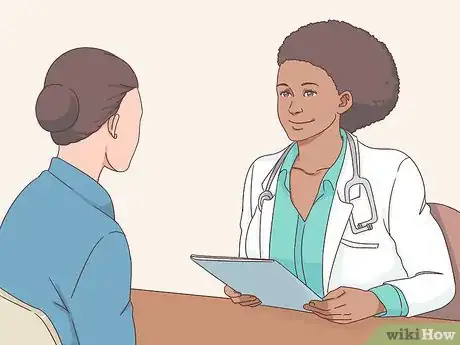
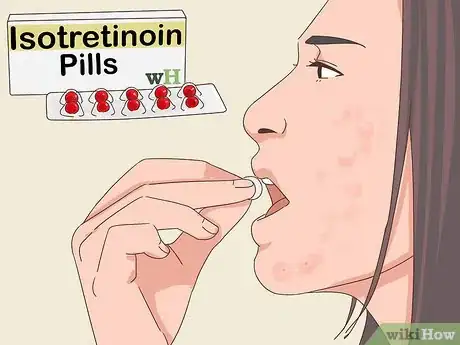
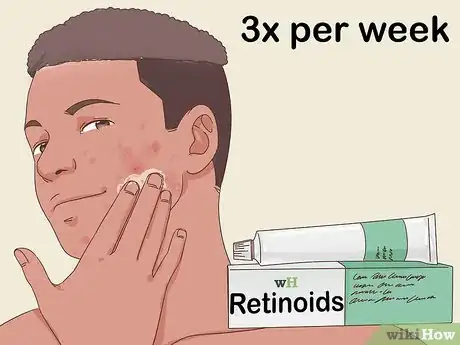
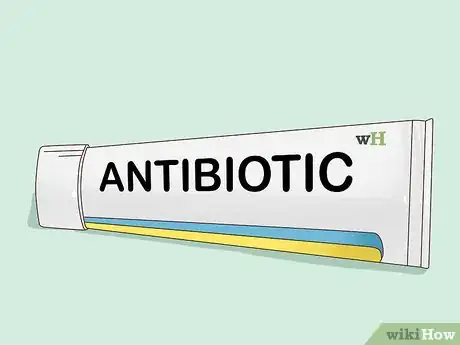
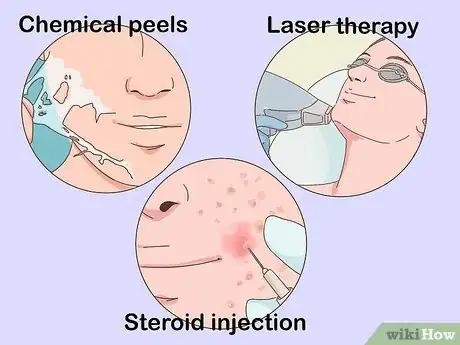
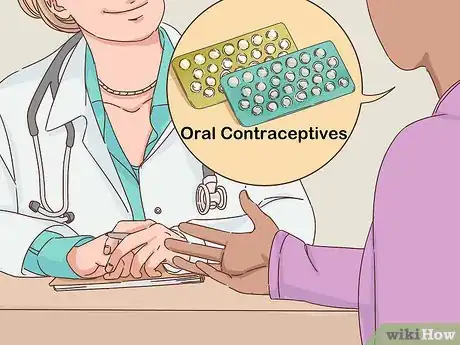
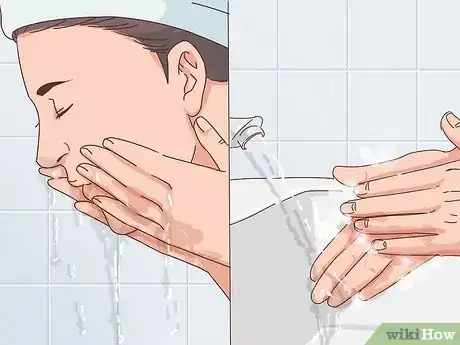
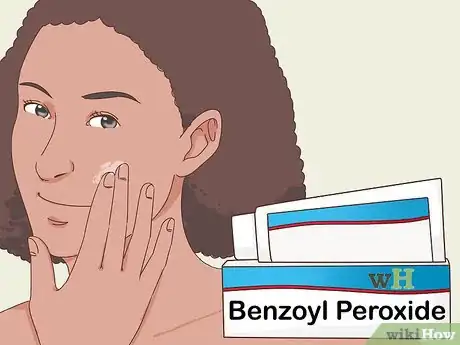


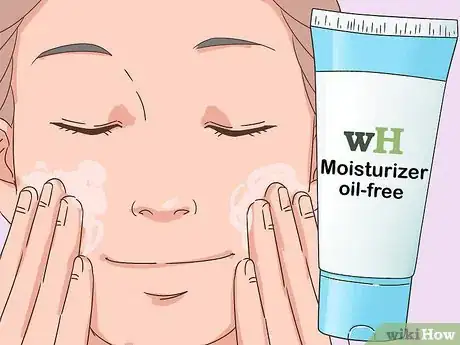
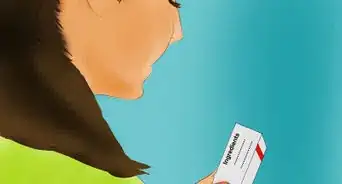
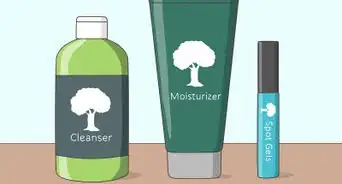
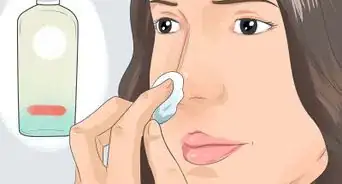
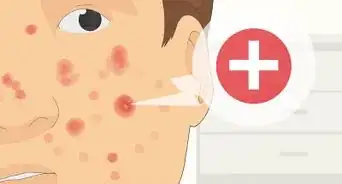
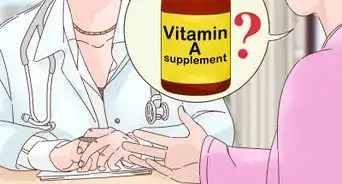
-Step-8-Version-2.webp)

